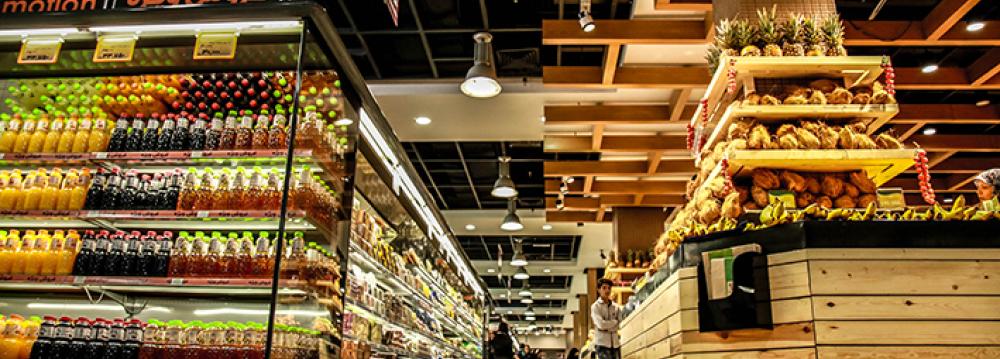The inflation gap measured by the Statistical Center of Iran between the first income decile (those with the lowest income) and the 10th decile (those with the highest income) increased 0.4% to reach 2.4% in the Iranian month Azar (Nov. 22-Dec. 21) compared with the previous month’s 2%.
The average goods and services Consumer Price Index in the 12-month period ending Dec. 21 increased by 17.1% for the first decile whereas it rose by 19.5% for the 10th decile.
The fourth and fifth deciles saw their 12-month average inflation rate grow by 18.1% compared with last year’s corresponding period.
The annual inflation rate for the second decile increased by 17.8% in Azar, 18% for the third decile, 18.2% for the sixth, 18.6% for the seventh, 18.7% for the eighth and 18.9% for the ninth decile.
The highest overall CPI (using the Iranian year to March 2017 as the base year) stood at 153.5 for the second decile and the lowest index was 152.2 for the first decile.
The year-on-year inflation rates increased by 36.5% for the first decile, 37.9% for second and fourth, 38% for third, 37.8% for fifth, 37.7% for sixth, 38.4% for seventh and eighth, 38.6% for ninth and 39.5% for 10th decile.
Income deciles are groupings that result from ranking either all households or all persons in the population in the ascending order according to income, and then dividing the population into 10 groups, each comprising approximately 10% of the estimated population.


